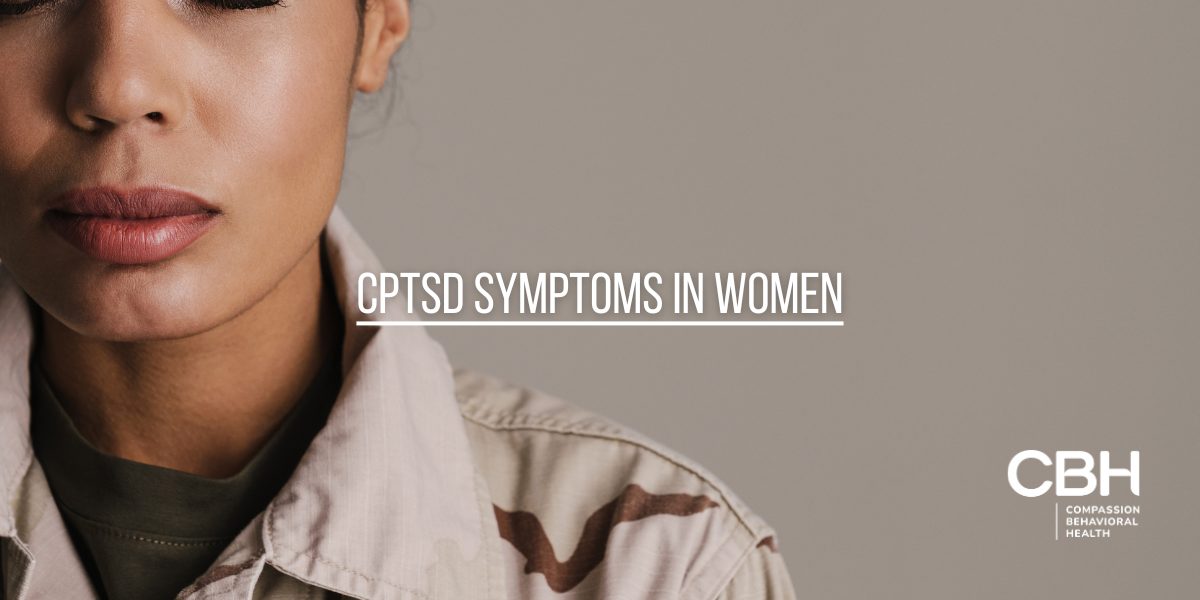Schizoaffective disorder is a serious mental illness characterized by symptoms of both schizophrenia and a mood disorder, such as bipolar. Following a diagnosis, medication and therapy can help someone experiencing symptoms manage their day-to-day struggles and live a more stable, happy, and fulfilling life.
In this guide, we are going to cover the types of medication and therapy commonly used in treating schizoaffective disorder following a diagnosis. If you are in urgent need of resources for this condition, please call us for a confidential conversation at (844) 999-0874 today.
What Are the Symptoms of Schizoaffective Disorder?
Because schizoaffective disorder may manifest with symptoms that mimic other mental health conditions, it may be difficult to diagnose at first. Symptoms typically fall into two categories: those associated with schizophrenia and those associated with a mood disorder.
Schizoaffective disorder is often categorized into two types: bipolar or depressive. Bipolar schizoaffective disorder will involve periods of mania that could be followed by a period of severe depression. Conversely, depressive schizoaffective disorder is characterized exclusively by periods of major depression.
In addition to drastic changes in mood, some other common symptoms can include:
- Paranoid thoughts
- Delusions and hallucinations
- Confusion or difficulties communicating
- Disorganized behaviors and thoughts
- Difficulty concentrating on tasks
- Changes in appetite or dietary habits
- Issues with sleeping
- Social withdrawal or isolation
A person experiencing symptoms of schizoaffective disorder may also engage in substance abuse behaviors. In these situations, a dual diagnosis treatment approach can prove most effective where the addiction is treated alongside the mental health condition.
Diagnosing Schizoaffective Disorder
According to the Mayo Clinic, schizoaffective disorder can be diagnosed through a combination of methods. These include:
- Physical exam to determine if another condition or complication is contributing to symptoms
- Tests and screenings to determine if another condition could be causing symptoms instead of schizoaffective disorder
- Psychiatric evaluations where a psychiatrist can observe a person’s behavior, interview them about their symptoms, and learn more about their medical history
- DSM-5 criteria may also be used to determine if a person’s symptoms align with the clinical diagnostic criteria for schizoaffective disorder
Treating Schizoaffective Disorder with Medication
Because schizoaffective disorder involves a wide range of symptoms that are shared by other mental health conditions, a combination of medications may be prescribed. As stated by the National Alliance on Mental Illness, the goal for medication-based treatment is to help manage the various aspects of the disorder, such as psychosis, unstable moods, and depressive episodes.
While not everyone will need a combination to treat their condition, the most three common medications for schizoaffective disorder are antipsychotics, antidepressants, and mood stabilizers.
Treating Schizoaffective Disorder with Psychotherapy
Therapeutic treatments for people living with schizoaffective disorder will also be important to help manage symptoms, develop healthy coping mechanisms, and provide support. Some of the most common types of therapy used in treating schizoaffective disorder can include:
Cognitive behavioral therapy (CBT): CBT can help a person understand how their thoughts influence their behaviors. This type of therapy can also help people with schizoaffective disorder learn how to set healthy goals to achieve for themselves alongside their treatment plan.
Dialectical behavioral therapy (DBT): DBT is a type of CBT that can be especially helpful for people with schizoaffective disorder. This approach involves developing new coping strategies to deal with triggers and situations that may normally cause conflict with the goal of regulating emotions and maintaining healthier relationships with others.
Eye Movement Desensitization and Reprocessing (EMDR): EMDR is a type of therapy that can help people process and manage their trauma. This type of therapy uses bilateral stimulation, such as eye movements or tapping, to help a person reprocess memories associated with trauma, which can become strong emotional triggers.
Group therapy: Group therapy can provide support and allow people with schizoaffective disorder to connect with others who understand what they are going through. This type of therapy can also help people develop healthy coping mechanisms and problem-solving skills by hearing from others who have found success in doing so through treatment.
Individual therapy: In individual therapy, a person can work one-on-one with a therapist to develop healthy coping mechanisms, explore their thoughts and feelings, and set goals for themselves. This type of therapeutic treatment can help people with schizoaffective disorder feel more understood and supported as they work through their symptoms.
Motivational interviewing: Through motivational interviewing, a person can identify ways to make positive changes in their lives. Combining this with other therapeutic approaches, such as CBT, can help a person with schizoaffective disorder set and achieve goals that can help them maintain a more stable, productive, and fulfilling life.
Neurofeedback: Neurofeedback uses non-invasive technology to provide the brain with repetition and positive reinforcement to teach the brain how to repair and rebalance its functioning. Modern innovations also allow therapists to incorporate a virtual reality interface to enhance the experience.
Solution-focused brief therapy (SFBT): SFBT is a type of therapy that helps people identify and build on their strengths to find solutions to the challenges they are facing. This type of therapy can help people with schizoaffective disorder feel more empowered as they work through their symptoms and treatment.
Transcranial magnetic stimulation (TMS): TMS is a type of brain stimulation that uses magnetic fields to stimulate nerve cells in the brain. This non-invasive treatment can help improve symptoms of depression, anxiety, and other mental health conditions.
Schizoaffective Disorder Treatment at CBH
At Compassion Behavioral Health, we provide caring and considerate mental health treatment for people living with schizoaffective disorder from our center in beautiful South Florida. We offer residential, partial hospitalization, intensive outpatient, and telehealth services to anyone in the United States seeking help.
To learn more about how we can help you treat and manage your symptoms of schizoaffective disorder, please call us today at (844) 999-0874 or reach out online at anty time.



